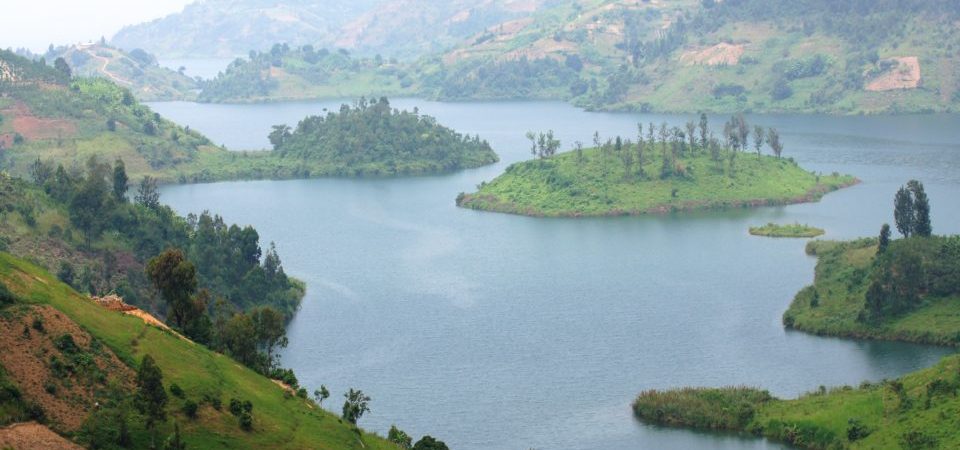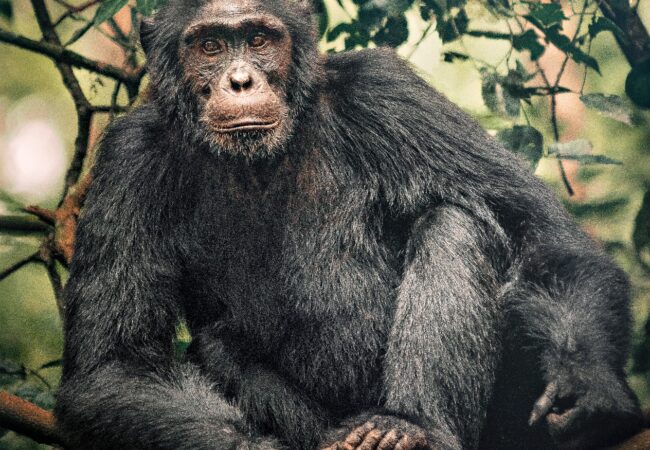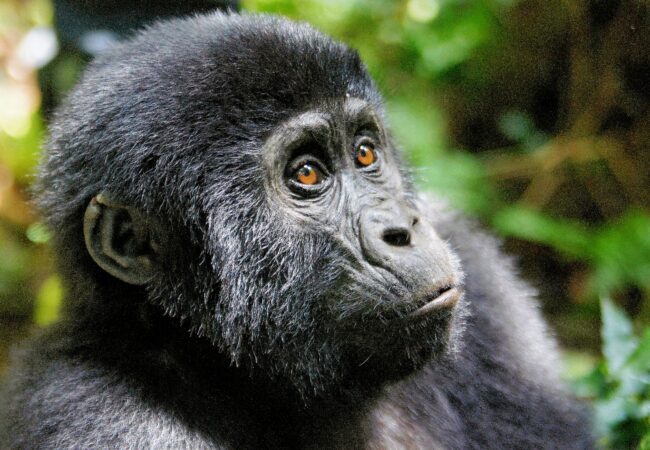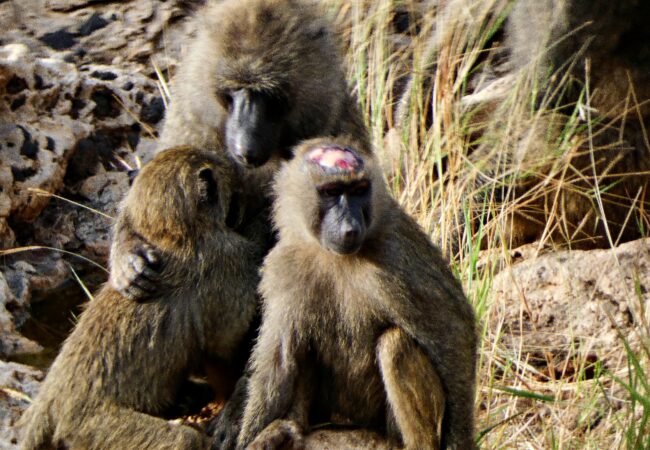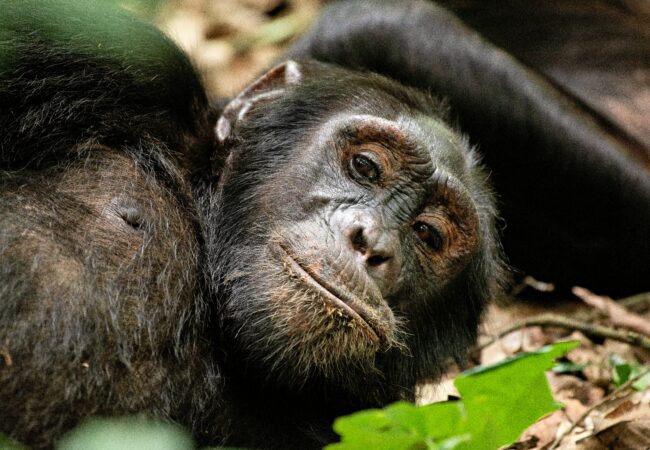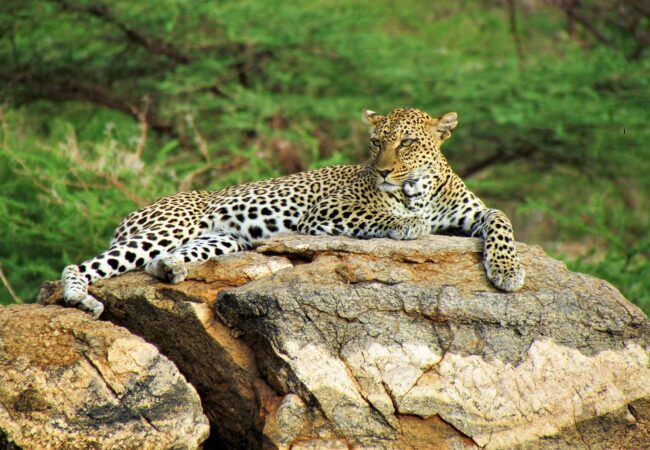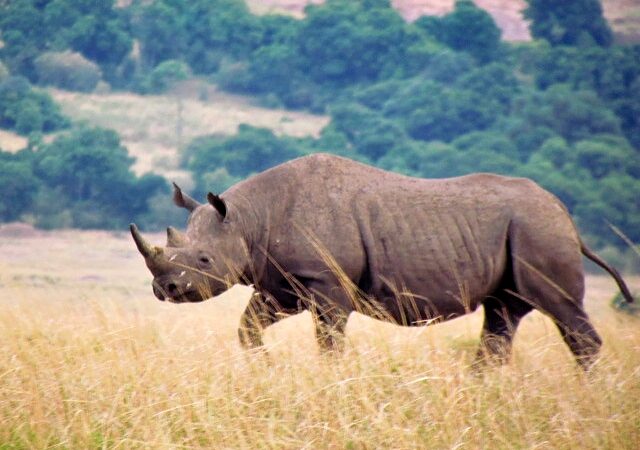Tour Type
Our Destinations
tours@afriquestsafaris.com
Kora National Park: Kenya’s Hidden Wilderness
- Home
- Kora National Park: Kenya’s Hidden Wilderness
Kora National Park, located in the remote northeastern region of Kenya, is a captivating destination known for its untamed wilderness, diverse wildlife, and rich conservation history. The park’s rugged landscapes, riverine forests, and abundant wildlife offer an off-the-beaten-path adventure for those seeking an authentic safari experience in a less-traveled corner of Kenya.
Key Attractions
1. Diverse Landscapes Kora National Park features a variety of landscapes, from riverine forests and savannah plains to rugged hills and rocky outcrops. The park’s diverse terrain provides stunning vistas and unique environments that support a range of wildlife and bird species.
2. Tana River The Tana River flows through the park, creating lush riverine habitats and offering a vital water source for the park’s wildlife. The riverbanks are rich in vegetation and provide excellent opportunities for wildlife viewing, including sightings of hippos and crocodiles. The Tana River also supports birdlife, making it a prime spot for birdwatching.
3. Wildlife Viewing Kora National Park is home to a variety of wildlife, including elephants, lions, giraffes, and various antelope species. The park’s remote location means that visitors can experience more intimate wildlife encounters away from the crowds found in more popular parks. The park’s wildlife is adapted to the diverse environments found within its boundaries.
4. Conservation History The park has a significant conservation history, being the former home of the famous wildlife conservationist Joy Adamson and her husband George. Joy Adamson’s work with Elsa the lioness, as documented in her book “Born Free,” brought international attention to the park. The legacy of their conservation efforts continues to influence the park’s management and preservation.
5. Birdwatching Kora National Park offers excellent birdwatching opportunities with over 400 recorded bird species. The diverse habitats within the park, including riverine forests and savannahs, support a wide range of birdlife. Notable species include the African fish eagle, the violet-backed starling, and various raptors.
6. Remote Wilderness Kora National Park’s remote location offers a sense of isolation and tranquility, making it ideal for travelers seeking solitude and a deeper connection with nature. The park’s relatively low visitor numbers ensure a more private and immersive safari experience.
Accommodation Options Accommodation options in and around Kora National Park are limited and typically involve basic lodges and campsites. Due to the park’s remote location, visitors should plan their stay in advance and be prepared for a more rugged and adventurous experience.
Travel Tips
- Best Time to Visit: The park can be visited year-round, but the dry season (June to October) is generally better for wildlife viewing, as animals are more concentrated around water sources. The wet season (November to May) brings lush vegetation and cooler temperatures, which can make wildlife spotting more challenging.
- How to Get There: Kora National Park is accessible by road from Nairobi, with a journey taking approximately 8-10 hours. The park is also accessible by air, with flights available to airstrips near the park, followed by a road transfer.
- What to Pack: Bring lightweight, breathable clothing for hot and dry conditions, sturdy walking shoes, a camera, binoculars, sunscreen, insect repellent, and plenty of water. A hat and sunglasses are also recommended for sun protection.
Kora National Park offers a unique and adventurous safari experience in Kenya’s remote wilderness. With its diverse landscapes, rich conservation history, and abundant wildlife, Kora provides a memorable adventure for those seeking to explore Kenya’s lesser-known natural wonders.
Bangladesh
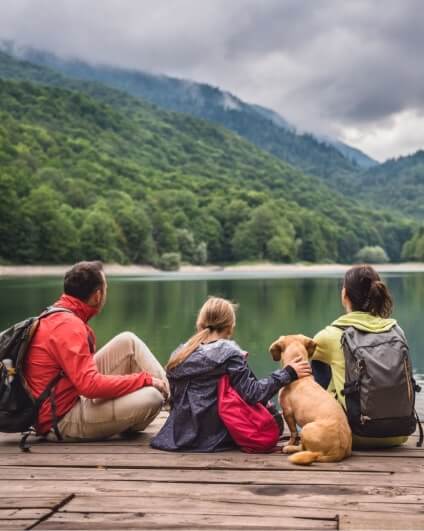
50% Off
For Your First Book
Kora National Park: Kenya’s Hidden Wilderness Location.
Our Destination Highlight
Recommended Package
TAXES INCL/PERS
TAXES INCL/PERS
TAXES INCL/PERS
TAXES INCL/PERS
TAXES INCL/PERS
TAXES INCL/PERS
TAXES INCL/PERS
Join The Newsletter
To receive our best monthly deals




